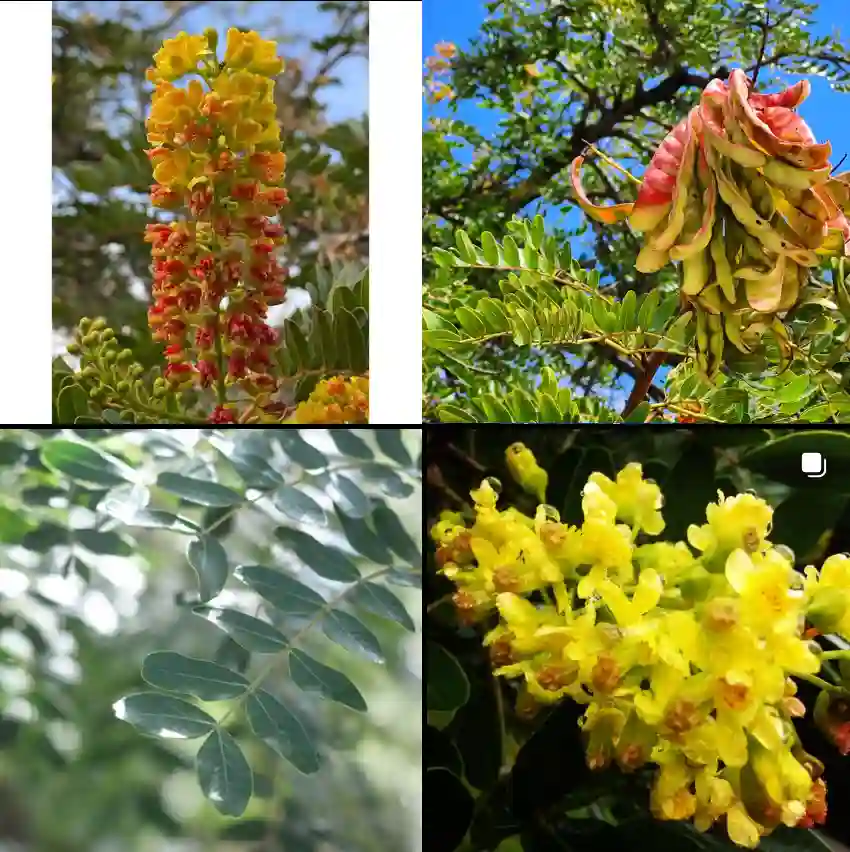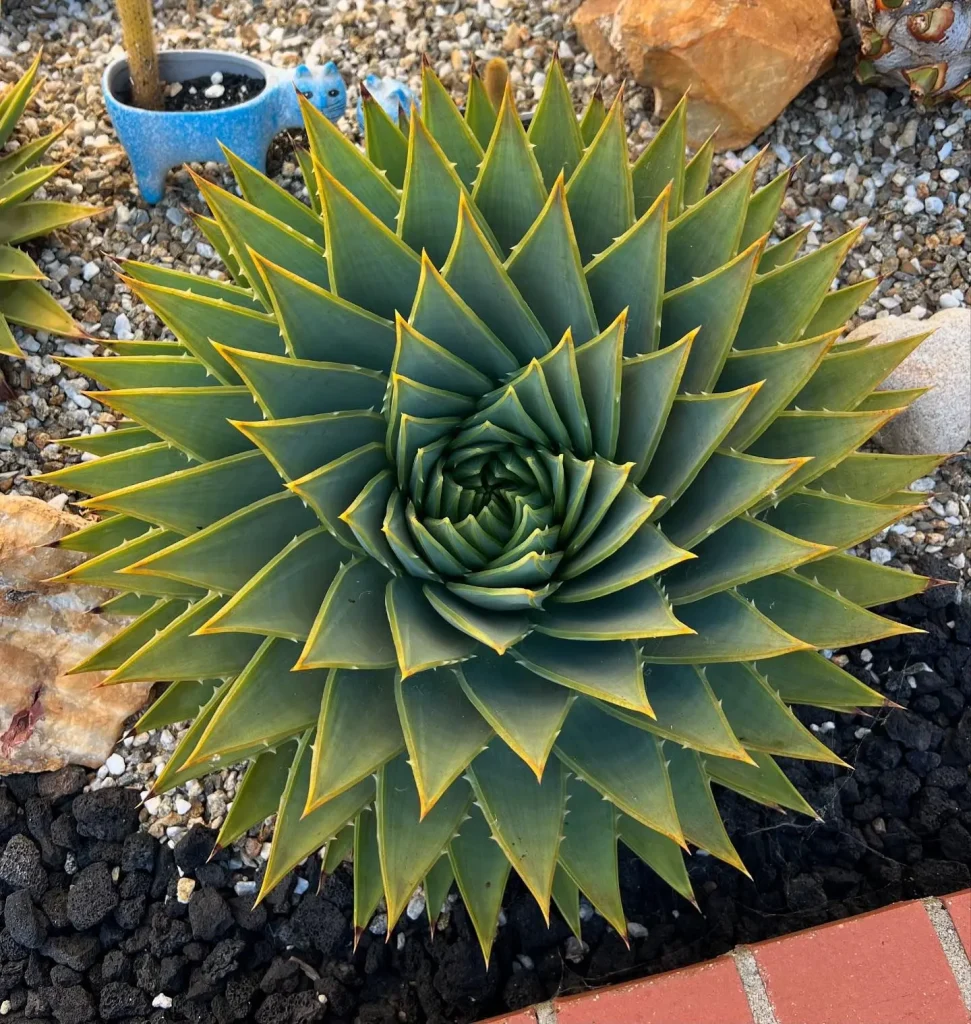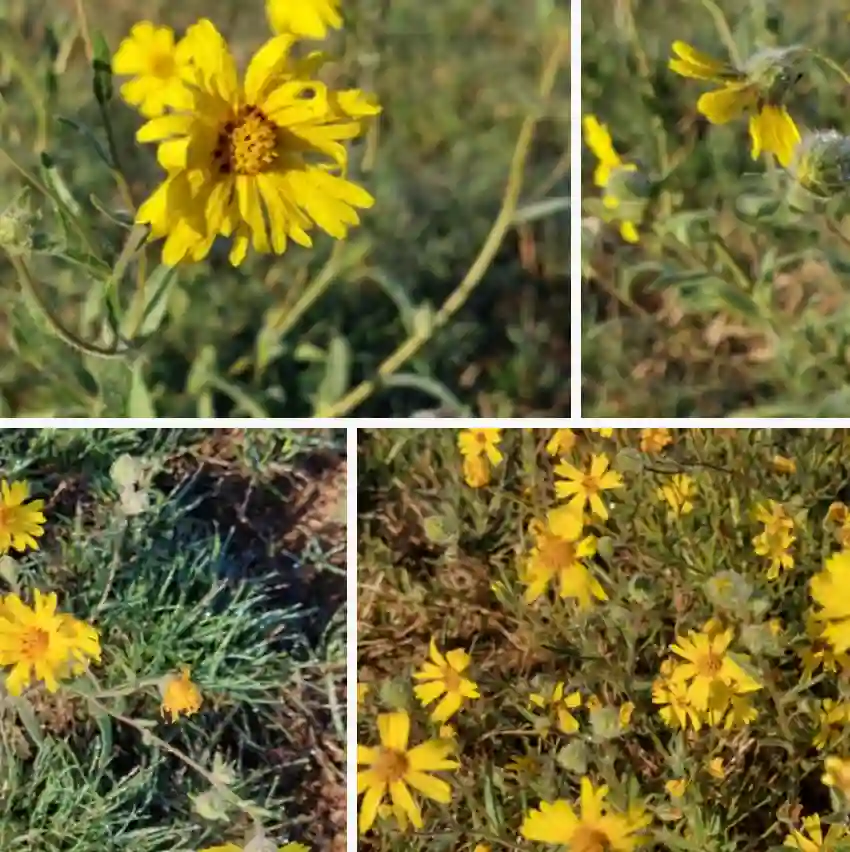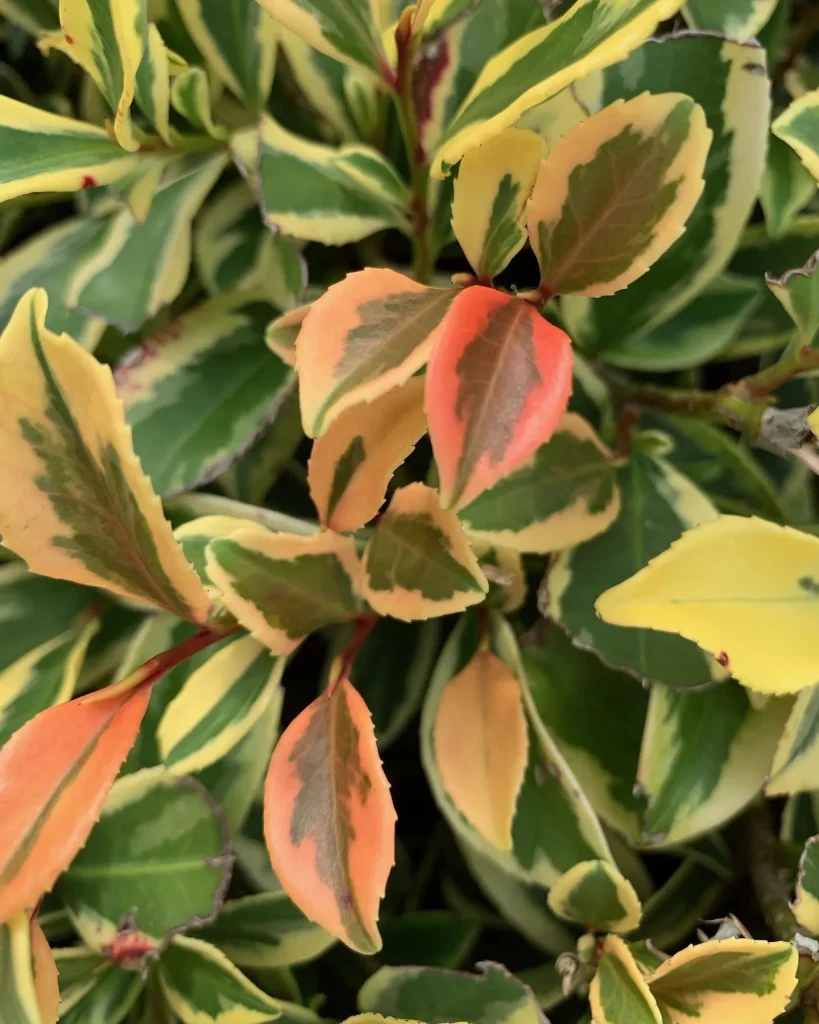Spinderella Hibiscus: A Burst of Summer Blooms in Your Garden
I’m Ferb Vu, and hibiscuses are one of my favorite flowering shrubs. They bring a touch of the tropics to any garden, and the Spinderella Hibiscus is no exception. This vibrant variety boasts stunning blooms and easy-going care, making it a perfect choice for busy gardeners like myself.
Here, I’ll answer some of the most common questions about the Spinderella Hibiscus, including its growing habits, care requirements, and how it compares to other popular hibiscus varieties.
439 Species in Genus Hibiscus
Sunlight and Soil: Setting the Stage for Success
Sun-loving Superstar: Like most hibiscuses, the Spinderella thrives in full sun. Aim for at least 6 hours of direct sunlight daily for optimal growth and flower production. While it can tolerate some light shade, expect fewer and smaller blooms.
Soil Savvy: Well-drained soil is key. The Spinderella prefers a slightly acidic mix, ideally with a pH between 6.0 and 7.0. If your soil is heavy clay, amend it with compost or sand to improve drainage.
Hydration Hero: This hibiscus is known for its thirst. Consistent moisture is crucial, especially during hot summer months. Aim to keep the soil evenly moist, but avoid soggy conditions.
Wintry Wisdom: The Spinderella is a perennial in warmer zones (USDA zones 7-10). In colder climates, it can be grown as a container plant and brought indoors for the winter.
How to care for Spinderella Hibiscus?
Feeding Frenzy: Regular fertilization is not essential for the Spinderella, but a balanced fertilizer applied once a month during the growing season can encourage even more blooms.
Deadheading Diva: To keep your Spinderella looking its best and promote continuous flowering, deadhead spent blooms regularly. Simply pinch off the wilted flowerhead where it meets the stem.
Pruning Prowess: Pruning is not a necessity but can be done to control size, shape the plant, or encourage new growth. Prune in late winter or early spring before new growth appears.
Winter Woes: In colder climates, protect your container-grown Spinderella from freezing temperatures. Bring it indoors to a sunny location or wrap the pot with burlap and mulch around the base.
Spinderella vs. Other Hibiscus Varieties: Choosing Your Champion
Showy Sister: Hibiscus syriacus (Rose of Sharon): Both are perennial hibiscuses with large, showy flowers. However, the Rose of Sharon blooms earlier in the summer and comes in a wider range of colors beyond red. It’s also generally more cold-hardy than the Spinderella.
Tropical Temptress: Hibiscus rosa-sinensis (Chinese Hibiscus): This evergreen variety boasts year-round blooms in warmer climates. However, it’s less cold-tolerant than the Spinderella and thrives best in containers.
Compact Contender: Hibiscus coccineus (Texas Star): This annual variety is perfect for smaller gardens. It produces vibrant red flowers all summer long but needs to be replanted each year.
Ultimately, the best choice depends on your climate, desired flower color, and garden size. But the Spinderella Hibiscus, with its easy-going nature and stunning blooms, is sure to be a winner for many gardeners.
Beyond the Basics: Troubleshooting Spinderella Issues
Common Culprit: Lack of Sun: If your Spinderella isn’t flowering or has leggy growth, it might not be getting enough sunlight. Move it to a sunnier location.
Thirsty Troublemaker: Wilting leaves and stunted growth are signs of underwatering. Increase watering frequency and ensure proper drainage.
Pest Patrol: Hibiscus sawfly caterpillars are a common pest. Look for chewed leaves and use insecticidal soap or neem oil to control them.
With a little care and attention, your Spinderella Hibiscus will reward you with a dazzling display of blooms all summer long. So, embrace the sunshine, provide consistent moisture, and enjoy the vibrant beauty this tropical wonder brings to your garden.
If i die, water my plants!



